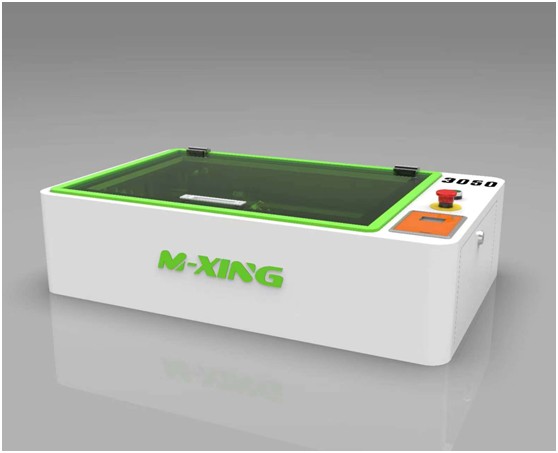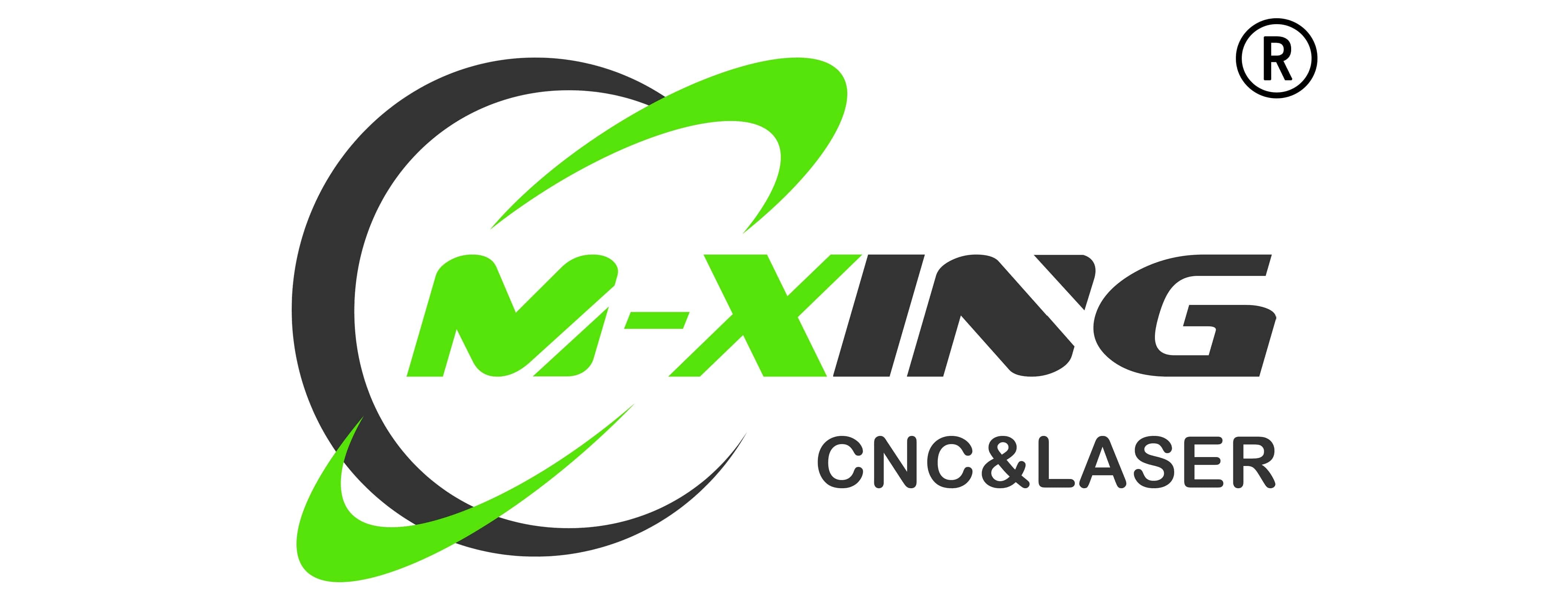Blog
CO2 laser engraving machine is a versatile and popular choice for hobbyists, makers, and small businesses. This technology utilizes a carbon dioxide laser source to precisely engrave and cut a wide variety of non-metallic materials.
In this post, we'll discuss the basics of how CO2 laser engravers work, the types available, and factors to consider when choosing one for your projects. The requested keywords are covered:
CO2 laser engraving machine

CO2 laser engravers emit an invisible infrared beam that can be precisely focused onto material surfaces. When the beam hits an engravable material like wood or acrylic, it vaporizes a tiny amount, creating an engraving.
CO2 laser sources typically produce beam wavelengths around 10.6 micrometers, which is well absorbed by non-metallic materials. The head of the engraver is controlled by a computer to follow pre-designed patterns, producing the desired engraving.
A mirror mounted on galvanometers aims the laser beam and determines the x and y coordinates, while the z axis (focus) is controlled by the lens. The software splits designs into tiny segments, controlling the speed and power of the laser at each point.
Choosing A Full-size CO2 Laser Engraver, What We Need To Consider?
• Power - More power allows engraving of thicker materials. Lasers in the 80 to 100 watt range are good for general purpose use. Higher power (>100W) is needed for thicker woods and acrylics.
• Bed Size - Beds range from 24" x 36" to 60" x 120". Choose based on the largest material you need to engrave. Larger beds also accommodate multi-part engraving jobs.
• Speed - Higher speed lasers (300 to 500 inches per minute) are needed for large volume production. But faster speeds reduce engraving quality.
• Resolution - Resolution refers to the finest detail the laser can achieve, measured in dots per inch (DPI). Higher resolution (>4000 DPI) is needed for sharper text and fine images.
• Materials Supported - Verify the range of materials the laser can effectively engrave, from wood and acrylic to leather, fabric and laminates. Some support metals as well.
• Software - Look for a laser with software that integrates easily with design tools you already use. Check capabilities for importing files, nesting, and scheduling jobs.
• Automation - For high volume production, consider a laser with automated Z-axis for hands-free operation and more consistent results.
Mini CO2 laser engraving machine
More compact, smaller wattage CO2 lasers are well suited for hobbyists and small businesses. These "mini" laser engravers typically have:
• Bed sizes between 12" x 12" up to 30" x 30"
• Laser power from 30 to 60 watts
• Slower engraving speeds (50 to 100 inches per minute)
• Lower cost
Mini CO2 lasers can engrave and cut common materials like wood, acrylic, fabric, and leather. They are easy to use and make laser engraving accessible for DIY projects and small runs of personalized goods.
CO2 laser engraving machine utilizes an infrared laser beam that can precisely remove material from non-metallic surfaces. Both full-size and compact "mini" CO2 laser engravers are available, with smaller machines offering an affordable option for basic engraving needs. With a thorough understanding of how these lasers work and what factors to consider, you can choose the right CO2 laser engraver to match your specific projects and applications.


